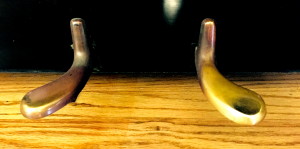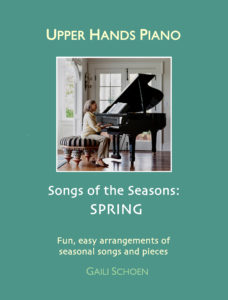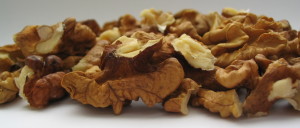Dear Piano Peeps:
Today I hope you will join me in pledging to play the piano at least 10 minutes every day for the next 30 days (January 15-February 13, 2017). You don’t need to have a goal attached to your pledge, other than sitting down at the bench every day, and playing for a few minutes. Even if you were working all day and feel beyond tired, sit down for 10 minutes before you get into bed. Even if you are out-of-town, practice “virtually” by looking at the music and “playing” on a tabletop (which is surprisingly effective!), or spend 10 minutes listening to versions of your current pieces on YouTube, while playing along with your right hand (if it’s not too fast!) I chose this photo to remind you to take it one step at a time 🙂

Why is this an important pledge? Research shows that short daily practice sessions are more effective in long-term learning, than infrequent long practice sessions. The brain learns best with consistent exposure to the notes and keys. Another reason to pledge is to nurture the “habit” of practicing. When I was a piano student, I would be amazed at how quickly the week between lessons shot by. And I would wish that I had just taken a little time each day to practice my pieces. After 30 days of playing for at least 10 minutes, I hope that you will fold practice into your daily routine, and will feel the strong pull of the piano before bed, if you didn’t get to it during the day.
Though 30 days might seem like a long time to promise to do something, people generally find that it goes by quickly; and playing daily gives them an increasing sense of accomplishment each day that they fulfill the 10-minute pledge.
Practicing more than 10 minutes per day is great, but do try to get a minimum of 10 minutes on the keys every day. For my part, I will be writing some blog posts to help you practice happier and healthier. Besides playing the piano every day, I pledge to play the accordion every day (I have to strengthen those push-pull accordion shoulder muscles before the onslaught of St. Patrick’s Day gigs in March!) And I will be practicing at least 10 minutes of French each day. I have a 2-year online subscription to Rosetta Stone, and am loving it!
If you do have a specific musical skill you would like to dedicate this month to, write it down in a music journal, and share it with us! Let us support your progress. But keep it small, and do-able. Rather than trying to “perfect” something, strive for something achievable such as increased smoothness in a musical passage, memorizing a couple of lines, working on hand-strengthening exercises, etc. Make your goals open-ended, working towards progress, not perfection. I will talk a lot more about “perfectionism” this month. Thanks for joining our pledge. I look forward to hearing from you!
With love and music, Gaili
UpperHandsPiano.com ||| Upper Hands Piano books are available on Amazon.com













